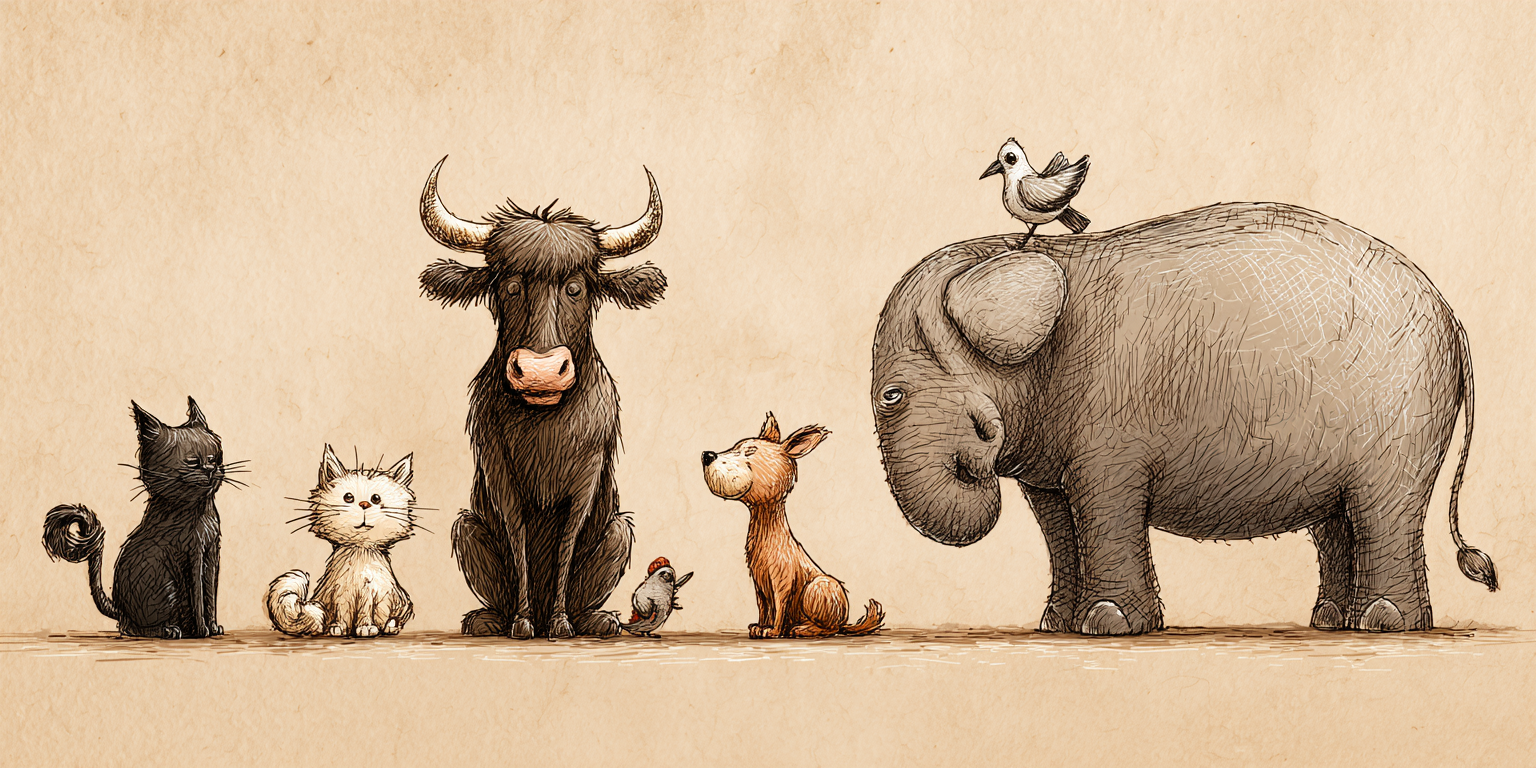When we think of historical turning points, we often focus on great leaders, epic battles, or revolutionary ideas. But sometimes, it’s not generals or politicians that tip the scales of history — it’s animals. Whether by loyalty, chaos, or unintended consequence, here are five incredible moments when animals changed the course of history.
1. Pigeons Saved Lives in World War I
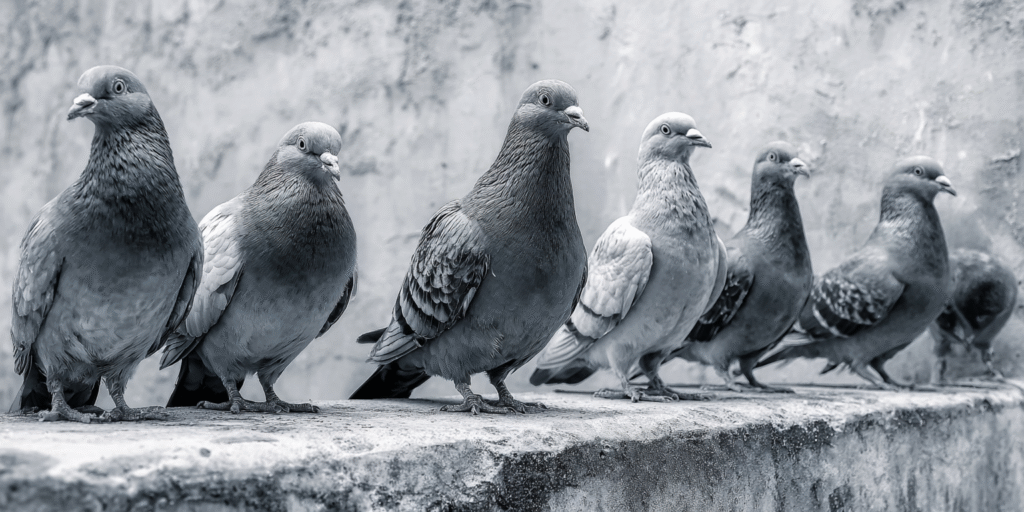
In the chaos of trench warfare, communication was life or death — and radios weren’t always reliable. Enter the carrier pigeon, one of the unsung heroes of World War I. Most famously, a pigeon named Cher Ami flew a critical message 25 miles through enemy fire in just 25 minutes, saving nearly 200 trapped U.S. soldiers from friendly artillery. Despite being shot through the chest and losing a leg, Cher Ami delivered the message — and was later awarded the French Croix de Guerre.
Why it mattered: The survival of the “Lost Battalion” became a morale-boosting moment for the Allies and helped cement the importance of animals in military logistics.
2. A Cow (Allegedly) Started the Great Chicago Fire
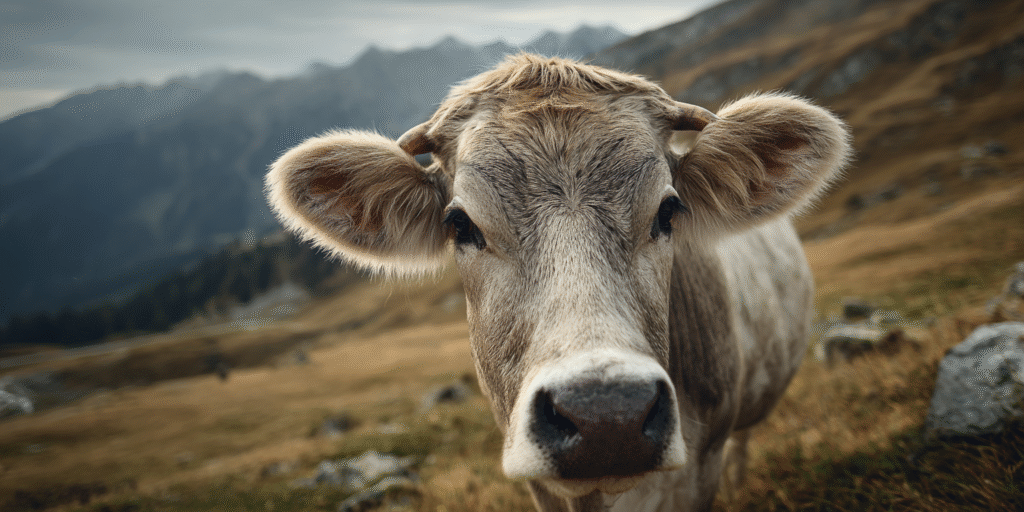
In 1871, a devastating fire tore through Chicago, killing hundreds and leaving over 100,000 people homeless. Popular legend blames Mrs. O’Leary’s cow, which supposedly kicked over a lantern in a barn. While the story was likely fabricated by an anti-Irish journalist, the image of a cow starting one of America’s worst urban disasters stuck — and the myth shaped public perception for decades.
Why it mattered: The fire led to sweeping changes in fire safety regulations and building codes across the U.S. Whether or not the cow did it, this event shows how even the idea of an animal’s action can influence history.
3. Laika, the First Animal in Space

In 1957, the Soviet Union launched Laika, a stray dog from Moscow, aboard Sputnik 2 — making her the first living creature to orbit Earth. Though she died in orbit, Laika became an international symbol of both progress and ethical debate. Her mission proved that a living organism could survive launch and zero gravity, paving the way for human spaceflight.
Why it mattered: Laika’s sacrifice advanced the space race and helped make Yuri Gagarin’s historic human flight possible just four years later.
4. Hannibal’s War Elephants Terrorized Rome
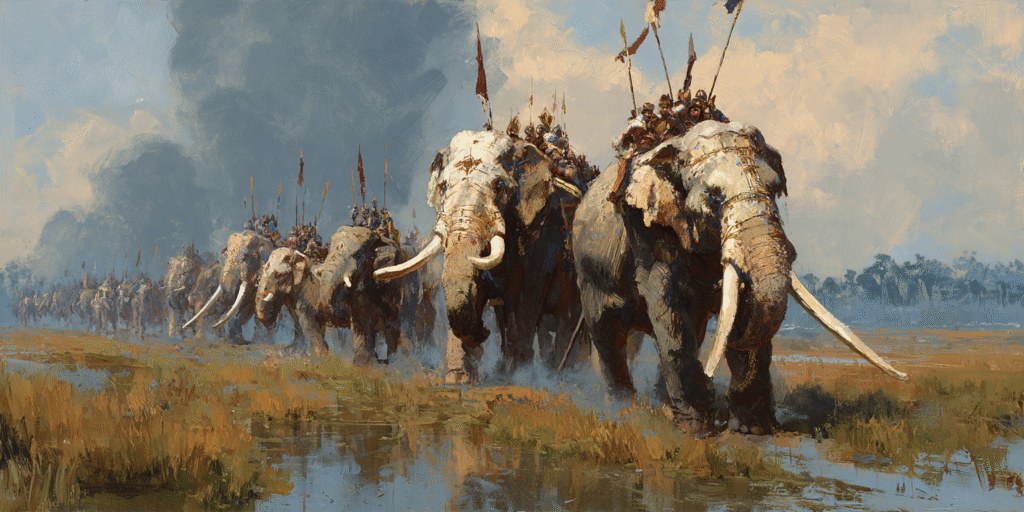
When Hannibal marched from Carthage over the Alps to attack Rome in the 3rd century BCE, he brought with him a shocking military advantage: war elephants. These towering animals not only inspired fear but also trampled enemy lines, confusing and disorienting Roman forces.
Why it mattered: Though Hannibal ultimately lost the war, his campaign reshaped Roman military strategy and left a psychological mark on the empire. The use of elephants as weapons changed the perception of animals in warfare.
5. A Cat Helped Sink a Ship in World War II
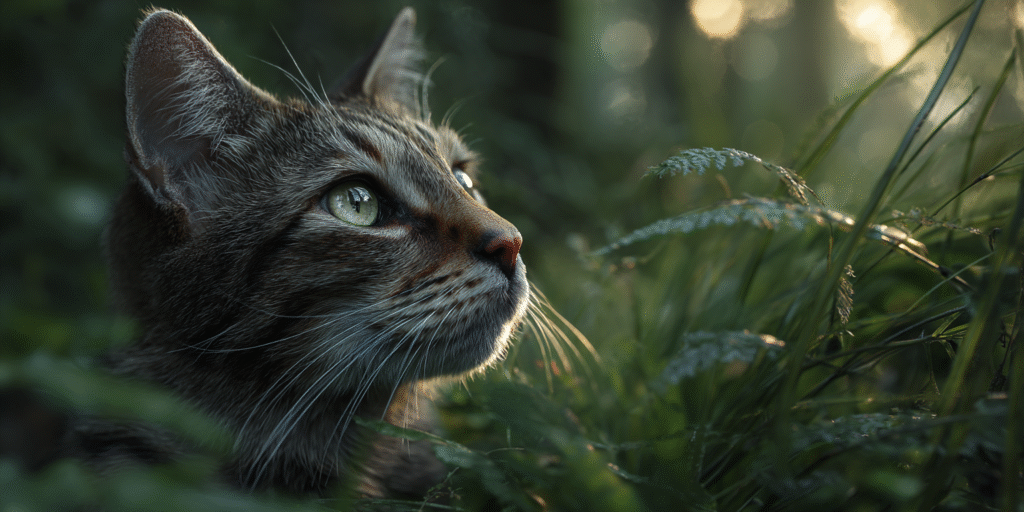
In 1941, a black-and-white cat named Unsinkable Sam reportedly survived three shipwrecks: first on the German battleship Bismarck, then on the British destroyer HMS Cossack, and finally on the HMS Ark Royal. While the exact details are debated, the legend of Sam became a symbol of resilience among sailors.
Why it mattered: While Sam didn’t literally sink ships, his story boosted naval morale and became a metaphor for survival during a brutal global conflict. Propaganda and stories like his played a key role in maintaining public and military spirits during war.
Final Thoughts
From pigeons braving bullets to dogs orbiting Earth, animals have found their way into humanity’s most pivotal chapters. Sometimes they’re heroes, sometimes scapegoats — but always unforgettable. These stories remind us that history isn’t just written by people. Sometimes, it walks on four legs, flies with wings, or trumpets from the mountains.
Know another animal that changed history? Share it in the comments!
